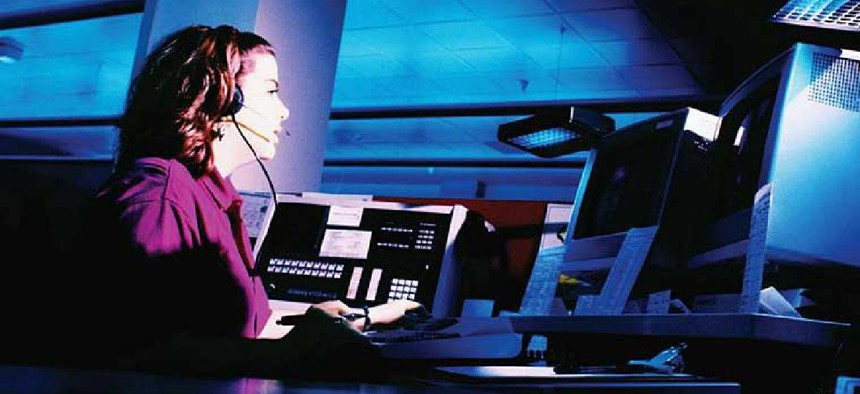Cloud-native incident management streamlines emergency response

The CommandCentral cloud-native solution links data and workflows from an initial 911 call all the way through the criminal justice system.
A new cloud-native software suite links data and workflows from an initial 911 call all the way through the criminal justice system.
Motorola Solutions’ CommandCentral suite provides a complete incident view, including 911 call handling, dispatch, video analytics, field reports, records, evidence and community engagement. The automatic collection and correlation of incident data from every source -- including bystanders’ smartphones, officers’ body-worn cameras, fixed video, 911 calls and radio logs -- enhances collaboration and the building of case files.
Typically the applications and data sit in silos, and although those may be loosely linked, it’s not enough to streamline response, said Mahesh Saptharishi, CTO and senior vice president of Motorola Solutions’ Software Enterprise & Mobile Video unit. The company already had call-taking and evidence-management solutions, so it was a matter of putting them together.
“By making it cloud-native, by making it very scalable and secure, it’s a common user experience that straddles every aspect of the incident,” Saptharishi said. It lets users work faster because information is available to them instantaneously, and they can make clearer decisions because they are not hunting for information. Collaboration is streamlined, which saves “precious seconds, and precious seconds usually save precious lives.”
Other benefits of being in the cloud include scalability and improved cybersecurity because Motorola can push out patches when they become available for vulnerabilities, he said.
The suite works like this: Someone calls 911, and the call-handling solution automatically transcribes what the caller says. The technology uses natural language processing to extract pertinent information such as address and the condition of the individuals involved. That data automatically populates a form that goes from the call taker to a dispatcher, who can send the applicable response units, such as police, firefighters or emergency medical technicians with the appropriate equipment for the situation.
As they responders work, their body-worn and in-car cameras can stream to the CommandCenter computer-aided dispatch solution so dispatchers and supervisors can see what is happening. Any data from fixed cameras set up as part of a smart city initiative can be pulled in too.
All the data gets pulled into the back-end evidence platform, Saptharishi said. As responders leave the scene and investigators move into the post-incident mode to figure out what, how and why the incident happened, “the video data, the call transcript data, the dispatcher and their information about the interactions that they observed -- all of that data is now available in a ready and transcribed fashion.”
Additionally, the data can be presented to a prosecutor as a complete case file through a judicial sharing platform within the CommandCentral evidence solution, he said.
To test the software suite, Motorola Solutions worked with Collier County, Fla., to determine pain points and inefficiencies and then to see what happened with unified and simplified workflows.
“The 911 call is the start of a complex process requiring information sharing among call takers; dispatchers; fire, EMS and law enforcement units; real-time crime analysts; and investigators,” Bob Finney, director of communications technology at the county sheriff’s office, said in a June 30 press statement announcing the suite. “Today’s systems aren’t designed with this process in mind and are clunky at best when dealing with the volume and influx of new data types. For public safety team members, every second counts and transitioning information quickly and completely across the workflow, so each individual can make informed decisions, is critical.”
Jefferson County, Ala., 911 also participated in the user interface and experience research to inform the development of CommandCentral.
From the testing, Motorola Solutions found that applications can communicate with one another without relying on users to transmit the information. For instance, technology can allow for a form to be filled out once and shared, and it can better inform dispatchers and responders of conditions being reported, such as snow, ice or fire.
“You’re data-aware, information-aware, [and you] are able to make decisions with a greater degree of clarity,” Saptharishi said.
NEXT STORY: VA readies cloud-based data platform





